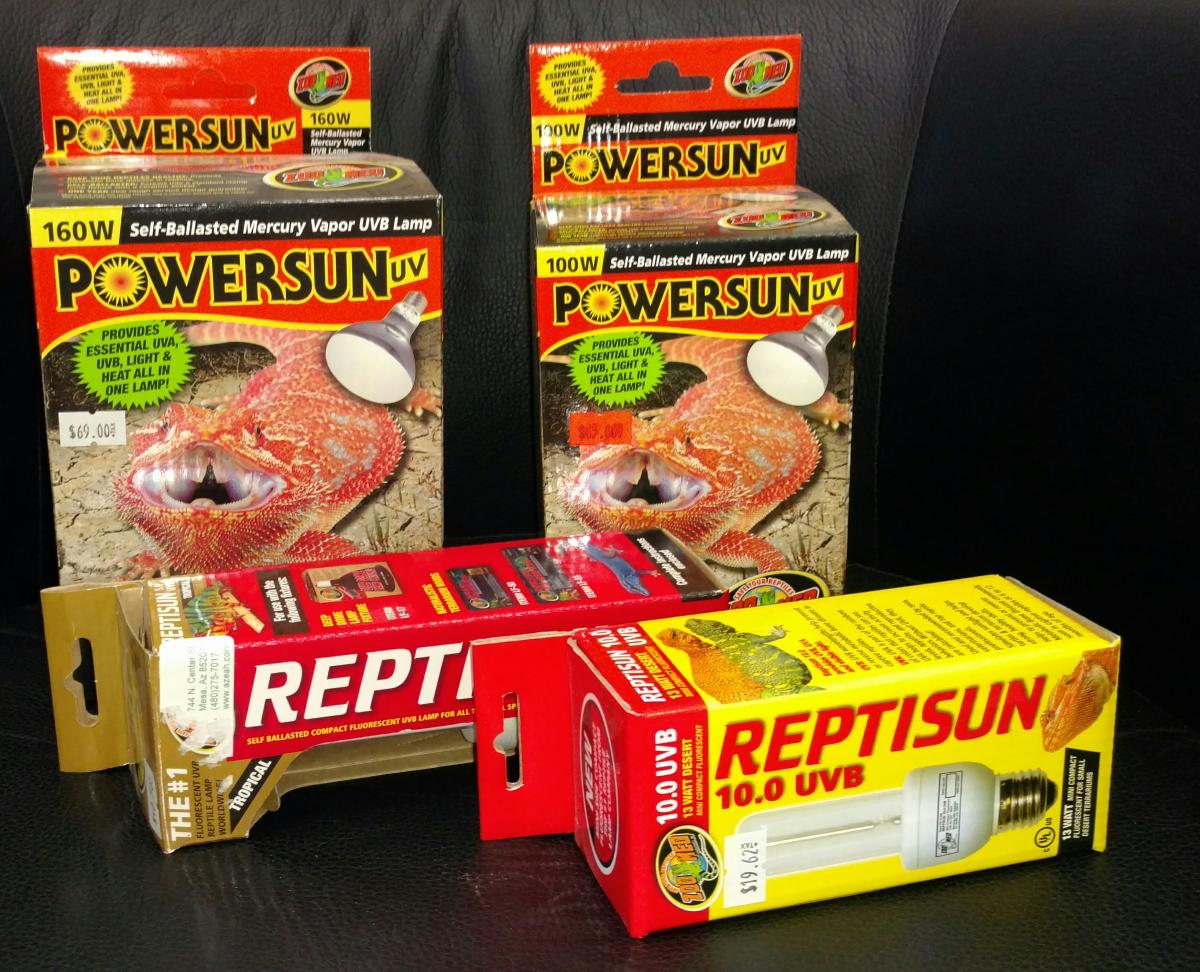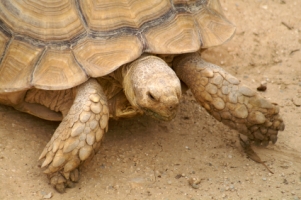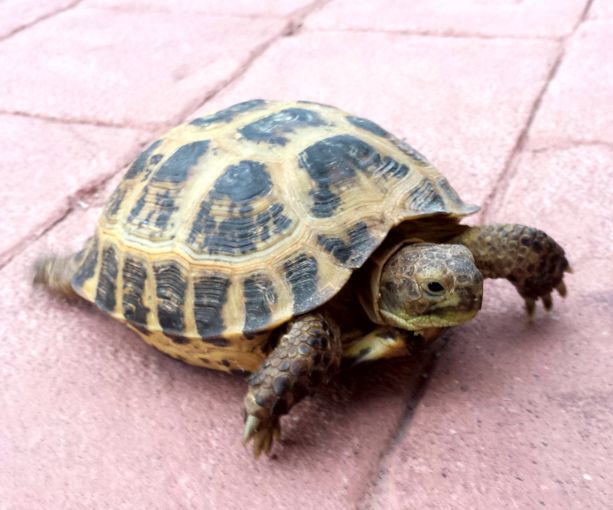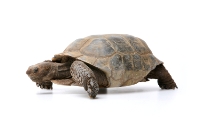How to Make a Cinder Block Tortoise Burrow
Easy for follow diagrammatic instructions on building an artificial burrow for your tortoise.

Easy for follow diagrammatic instructions on building an artificial burrow for your tortoise.
A list of a variety of different plants, both cultivated and wild, that tortoises and land turtles can eat.
 Reptiles are often referred to being “cold-blooded”, which can be misleading. More appropriately they should be considered poikilothermic or ectothermic. This means that, unlike mammals and birds, reptiles are unable to regulate their body temperatures internally and change their body temperature in adaptation to their environmental temperature. Because reptiles do not need to expend as much energy heating their bodies, they have a much lower metabolic rate than that of mammals. Each reptile species has what is referred to as its preferred optimal temperature zone which is a narrow temperature range at which they are active and undergo typical functions such as feeding, digestion, fighting off infections, and reproduction. Outside of this range these functions may be hindered or cease altogether. Some species will hibernate during colder months and during this time their metabolic rate will decrease.
Reptiles are often referred to being “cold-blooded”, which can be misleading. More appropriately they should be considered poikilothermic or ectothermic. This means that, unlike mammals and birds, reptiles are unable to regulate their body temperatures internally and change their body temperature in adaptation to their environmental temperature. Because reptiles do not need to expend as much energy heating their bodies, they have a much lower metabolic rate than that of mammals. Each reptile species has what is referred to as its preferred optimal temperature zone which is a narrow temperature range at which they are active and undergo typical functions such as feeding, digestion, fighting off infections, and reproduction. Outside of this range these functions may be hindered or cease altogether. Some species will hibernate during colder months and during this time their metabolic rate will decrease.
 Ultraviolent or UV lighting is a type of light radiation outside of the visible light spectrum found at higher energies than violet light and it is found in 3 forms: A, B, and C. UVA is used by reptiles to regulate their daily biological cycles and rhythms. UVC is damaging radiation that leads to skin damage and cancers. UVB is the most important light for reptiles as it is necessary for many reptiles to properly absorb calcium from their diet in order to utilize it for hardening their bones and other metabolic processes throughout their bodies.
Ultraviolent or UV lighting is a type of light radiation outside of the visible light spectrum found at higher energies than violet light and it is found in 3 forms: A, B, and C. UVA is used by reptiles to regulate their daily biological cycles and rhythms. UVC is damaging radiation that leads to skin damage and cancers. UVB is the most important light for reptiles as it is necessary for many reptiles to properly absorb calcium from their diet in order to utilize it for hardening their bones and other metabolic processes throughout their bodies. Unlike our furry friends the dog and cat, turtles and tortoises (known collectively as "chelonians") aren’t quite suited to wearing collars bearing ID tags. In the past chelonian enthusiasts have tried to establish forms of identification for their turtles and tortoises through various methods. Microchips (also know as transponders, PIT tags, or microchip transponders) provide a more long-lasting and reliable form of identification.
 How many times have you seen someone standing by the side of the road holding up a sign that says “BABY TURTLES FOR SALE”? Did you know that the roadside sale of turtles or any other animal is illegal in Arizona and Colorado?
How many times have you seen someone standing by the side of the road holding up a sign that says “BABY TURTLES FOR SALE”? Did you know that the roadside sale of turtles or any other animal is illegal in Arizona and Colorado?
 African spurred tortoises (Geochelone sulcata)
African spurred tortoises (Geochelone sulcata)Commonly referred to as sulcatas, are a hearty tortoise from the deserts of Africa. The do extremely well locally given proper care. They start off small and cute but grow to weights of over 75 pounds with exceptionally large individuals weighing more than 100 pounds. Please read the information below on how to properly care for these tortoises.
 Russian tortoises (Testudo horsefieldi) are wonderful little tortoises with big personalities. Ranging in size from 5 to 8 inches long and weighing about a half pound to two and a half pounds (300 to 1500 gms), they can be kept outdoors in Arizona or can often do quite well with relatively modest indoor caging.
Russian tortoises (Testudo horsefieldi) are wonderful little tortoises with big personalities. Ranging in size from 5 to 8 inches long and weighing about a half pound to two and a half pounds (300 to 1500 gms), they can be kept outdoors in Arizona or can often do quite well with relatively modest indoor caging.
Pyramiding is the excessive upward growth of the scutes (the individual segments that make up the tortoise’s carapace or shell) that results in each segment taking on a pyramid-like shape.
 Upper Respiratory Tract Disease, often abbreviated as URTD or URP, is a common condition in Sonoran desert tortoises. "Upper respiratory tract disease" refers to an infection of the nose, nasal sinuses, and trachea (wind pipe) It typically starts as a clear nasal discharge that may persist for weeks. Sometimes the discharge dries around the nose and forms a white crust. Some tortoises may have bubbles blow out their nose and som
Upper Respiratory Tract Disease, often abbreviated as URTD or URP, is a common condition in Sonoran desert tortoises. "Upper respiratory tract disease" refers to an infection of the nose, nasal sinuses, and trachea (wind pipe) It typically starts as a clear nasal discharge that may persist for weeks. Sometimes the discharge dries around the nose and forms a white crust. Some tortoises may have bubbles blow out their nose and som

